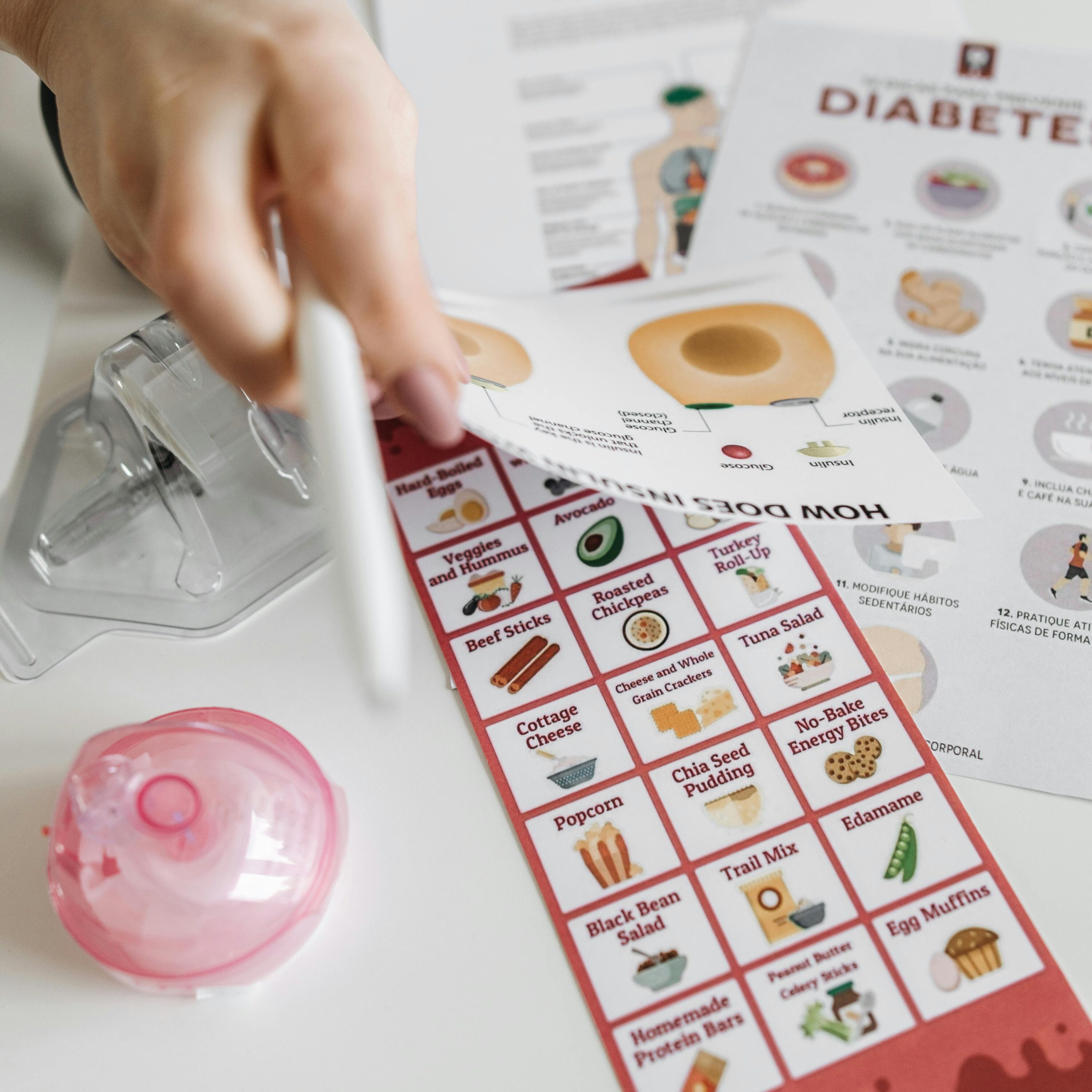Sign up to our newsletter
Get the latest news and views from Healthcare Central London, our member Practices and partners.
Type 2 diabetes is a chronic condition that affects how your body processes blood sugar (glucose). It is the most common form of diabetes, accounting for over 90% of cases worldwide.
Unlike Type 1 diabetes, where the body doesn’t produce enough insulin, Type 2 diabetes occurs when the body becomes resistant to insulin or doesn’t produce enough of it to maintain normal blood sugar levels.
Book a screening: Find your GP practice using our navigation map page. Call the number provided to book now.

Type 2 diabetes is often linked to a combination of genetic and lifestyle factors. Key risk factors include:
Type 2 diabetes often develops slowly, and symptoms may be mild or go unnoticed. Common signs include:
If left untreated, Type 2 diabetes can lead to serious complications such as heart disease, kidney damage, nerve damage, and vision problems.
Type 2 diabetes is diagnosed through blood tests that measure your blood sugar levels. These tests may include:
Early detection is essential for managing the condition well and preventing complications.
While there is no cure for Type 2 diabetes, it can be managed through:
Many people with Type 2 diabetes don’t experience symptoms in the early stages. Screening is the only way to detect the condition before it leads to serious health problems. If you have risk factors or are over 45, getting screened is important.
Pre-diabetes — where your blood sugar levels are higher than normal, but not high enough to be diabetic, though you are at serious risk of becoming diabetic soon — can be found during a screening too, giving you a better chance at intervention to prevent diabetes from developing at all.
Don’t wait for more symptoms to appear, or for existing symptoms to get worse. Early detection of type 2 diabetes can prevent complications. If you’re at risk, book a screening now. Here’s how:
Get the latest news and views from Healthcare Central London, our member Practices and partners.